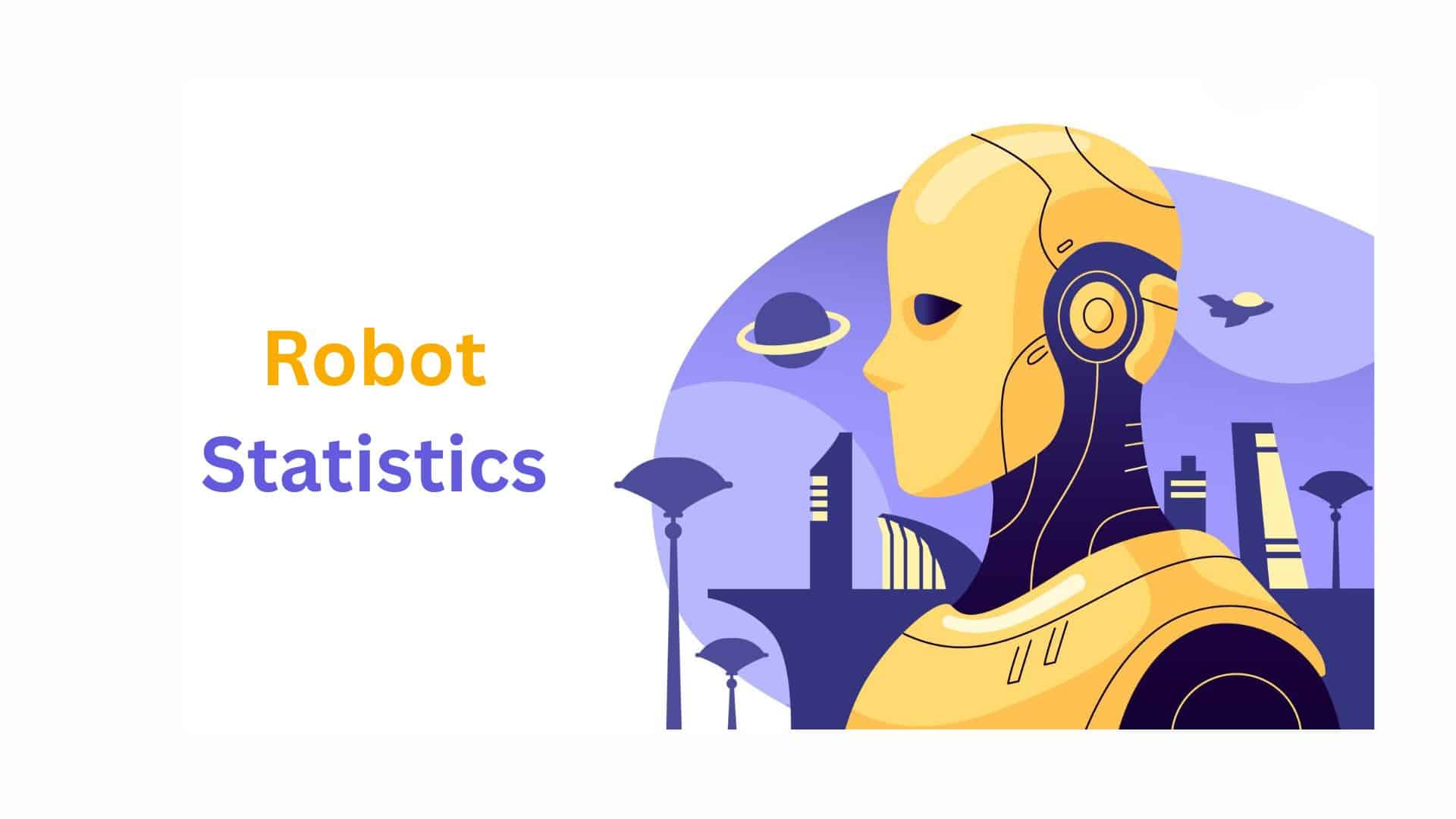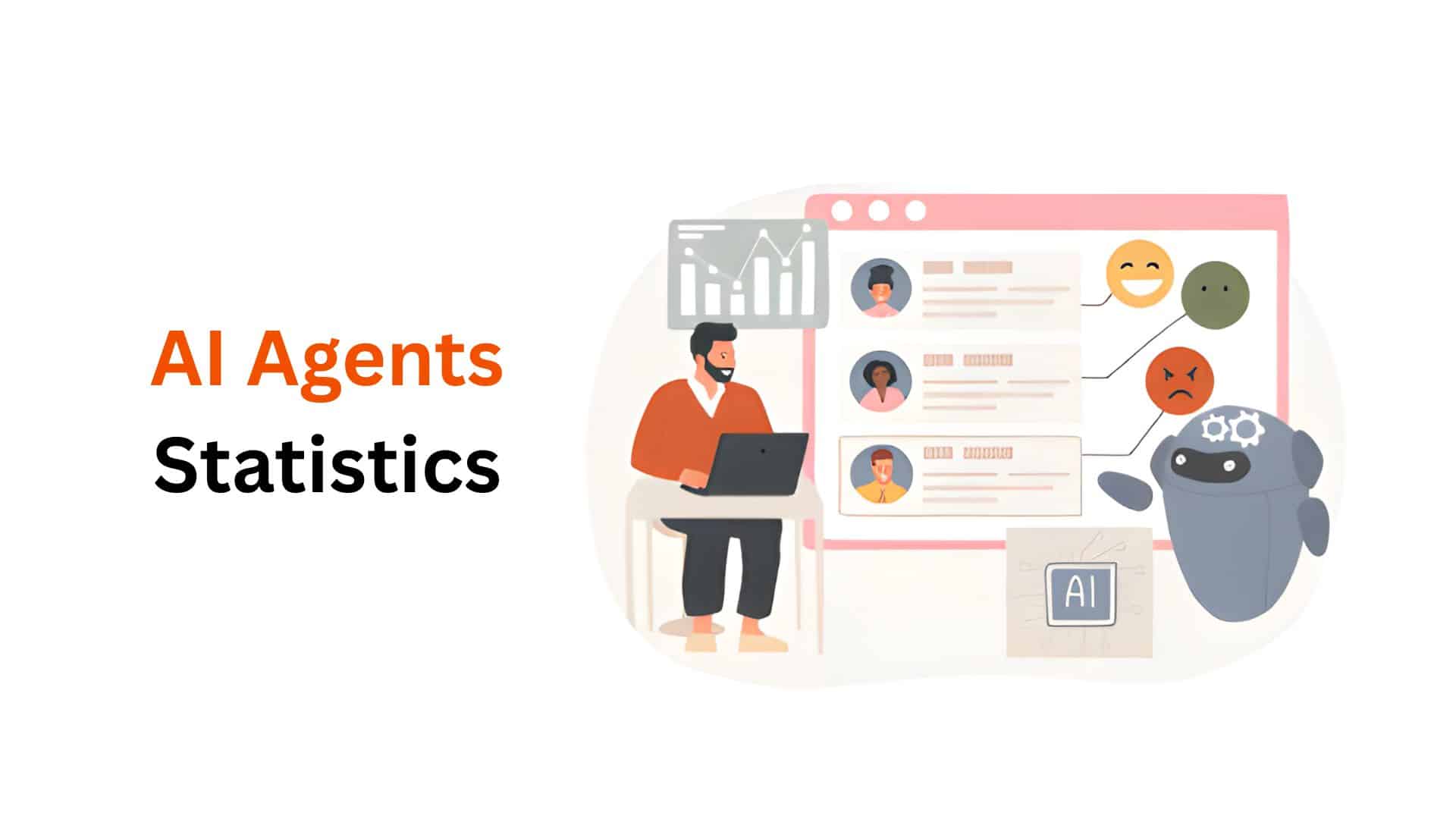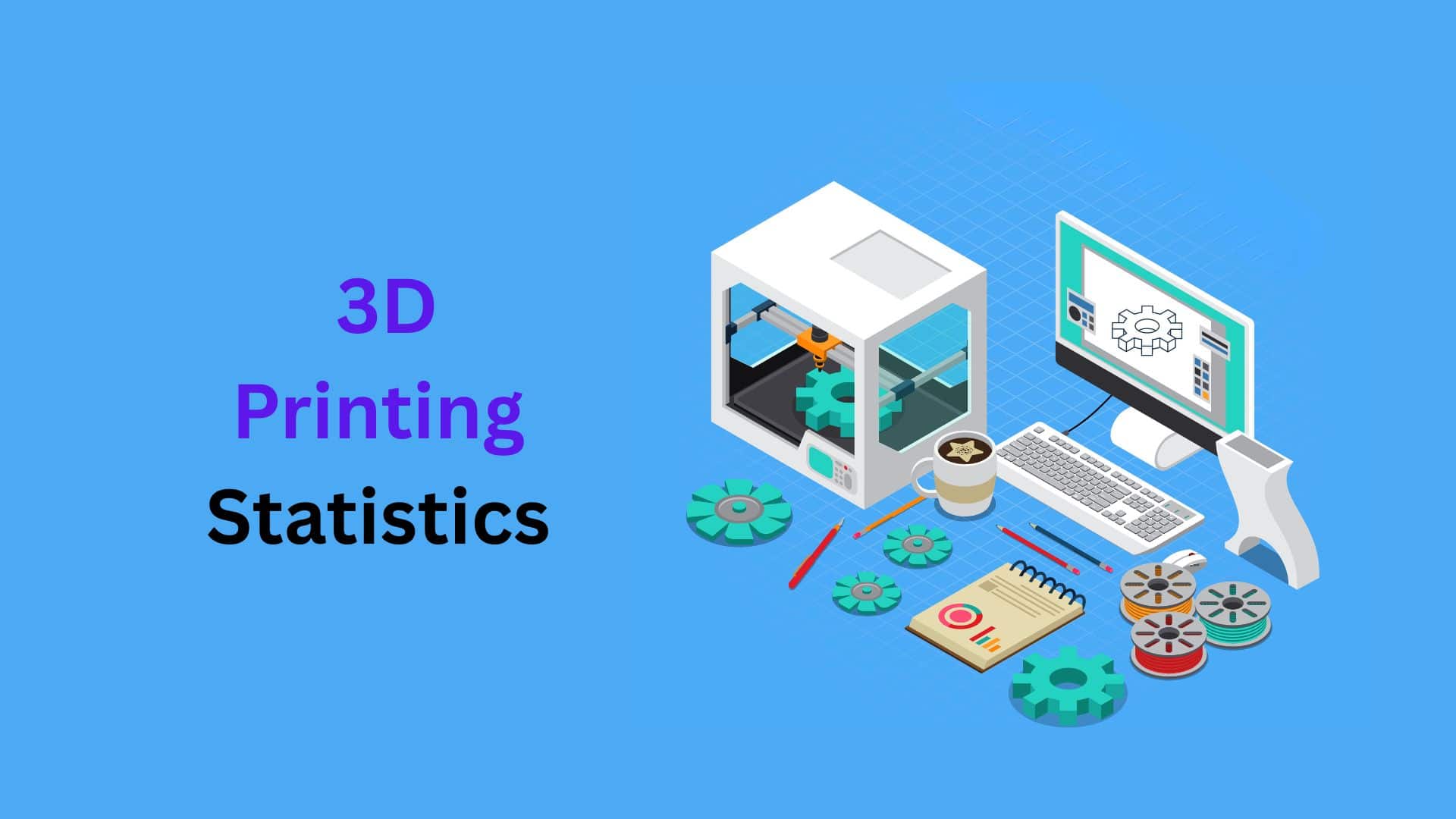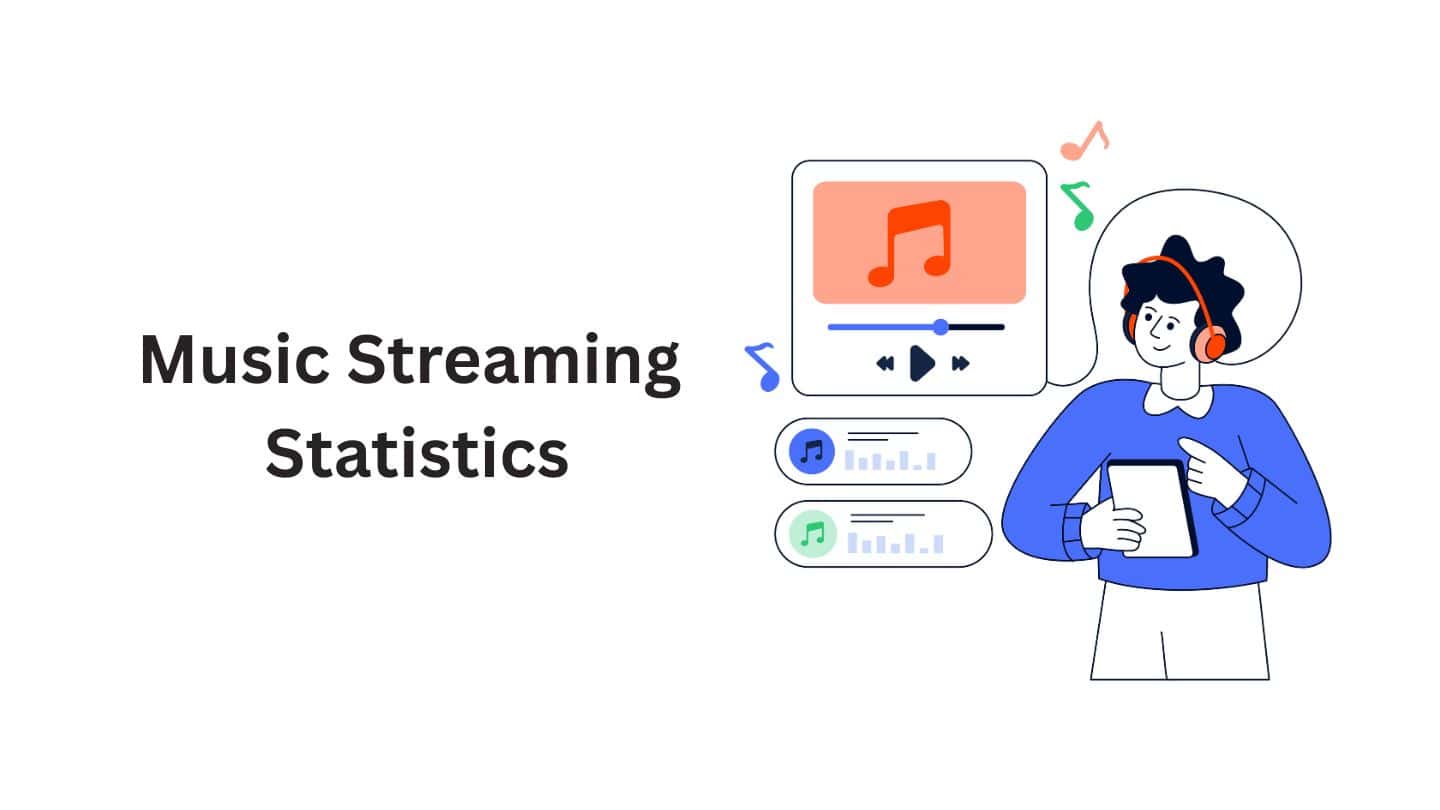Debian Statistics By Market Share And Trends (2025)

Updated · Aug 22, 2025

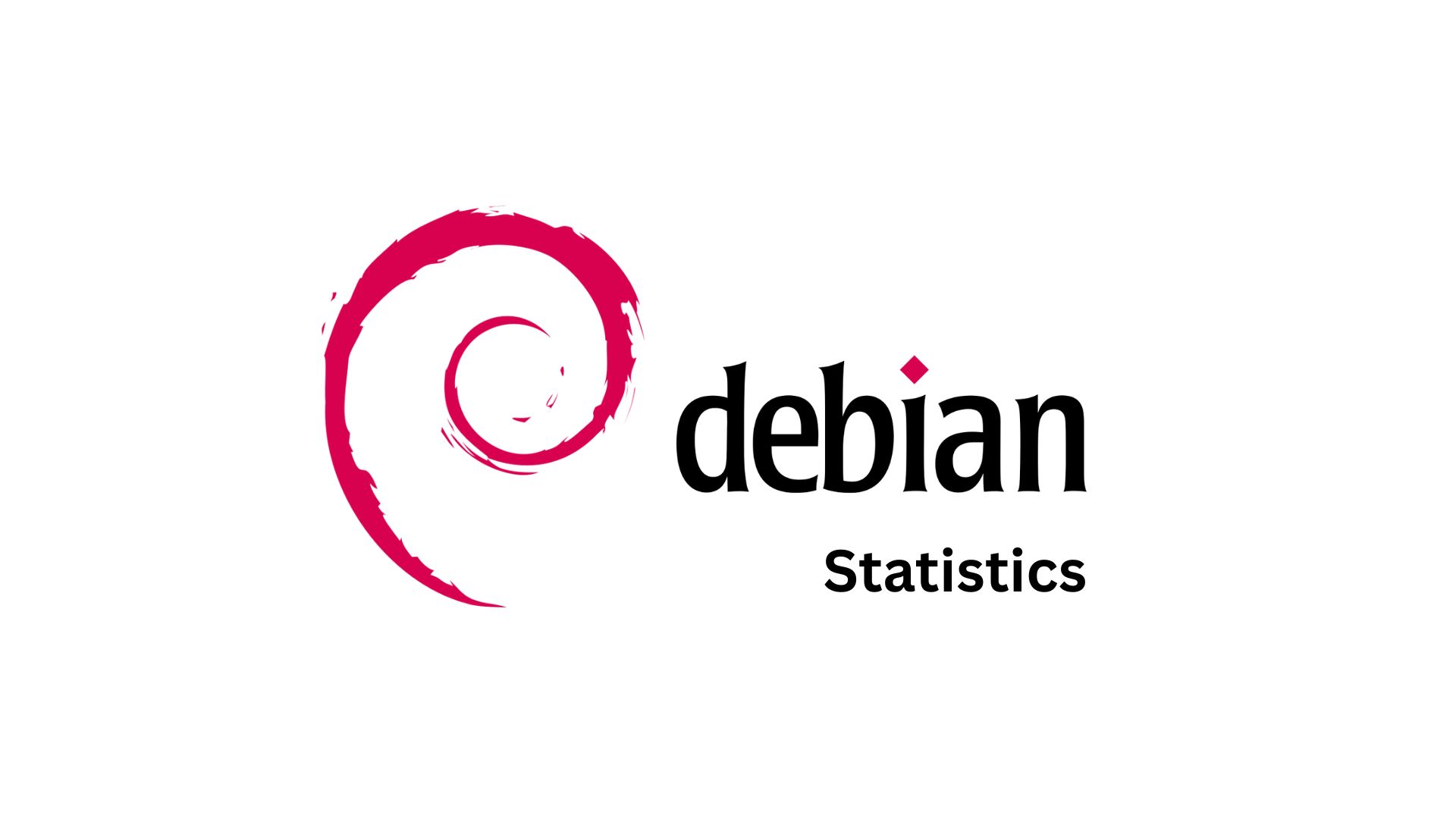
WHAT WE HAVE ON THIS PAGE
Introduction
Debian Statistics: If you’ve been around the Linux world, you’ve surely heard of Debian. It’s not just any Linux distribution; it’s the one that laid the foundation for some of the biggest names we use today, like Ubuntu and Kali. What makes Debian special is not only its stability and community-driven nature but also the sheer size and scale it has reached over the years.
In this article, I’ll walk you through Debian statistics in a way that’s easy to follow. We’ll look at where it started back in 1993, how many packages and lines of code it holds now, how widely it’s used on servers and desktops, and even how its release cycles and infrastructure are managed. By the end, you’ll see why these Debian statistics matter and how big a role Debian plays in the tech world today. Let’s get into it.
Editor’s Choice
- Debian was started in 1993, making it one of the oldest and most stable Linux distributions.
- Debian 3.0 Woody in 2002 already had 4,500+ source packages and about 105 million lines of code.
- Today, Debian 12 Bookworm (2023) carries 34,783 and more than 46 billion lines of code, with around 386 GB of disk usage.
- Over the last three major releases (Buster to Bullseye to Bookworm), Debian grew by almost 6,000 new packages and nearly 300 million lines of code.
- The release cycle usually spans two years, with three years of support plus two extra years of Long-Term Support (LTS).
- Debian powers around 7% of Linux-based websites worldwide, showing its strong adoption in server environments.
- On desktops, Debian is used by about 9 to 10% of developers, according to Stack Overflow surveys, while overall Linux desktop market share hovers near 4%.
- Linux dominates server OS usage with 53% global share, where Debian holds a significant slice.
- Debian’s infrastructure relies on nearly 379 mirrors spread worldwide, ensuring global availability of updates and packages.
- Debian is a foundation for many other Linux distributions, including Ubuntu, MX Linux, and Kali Linux, indirectly multiplying its impact far beyond its numbers.
| Category | Statistic (Latest Data) |
| Origin Year |
1993 |
|
Debian 3.0 (2002) |
4,500+ packages, 105M LOC |
| Debian 12 (2023) |
34,783 packages, 1.46B LOC, 386 GB disk usage |
|
Growth (2019 to 2023) |
+5,844 packages, +287M LOC |
| Release Cycle |
2 years per stable release |
|
Support Period |
3 years + 2 years LTS (5 years total) |
| Server Share |
10.7% of Linux-powered websites |
|
Developer Usage |
9 to 10% (Stack Overflow survey) |
| Desktop Linux Market |
4% overall (all distros combined) |
|
Global Server OS Share |
Linux 53% of all servers |
| Debian Mirrors (2025) |
379 worldwide |
Origins and Early Size
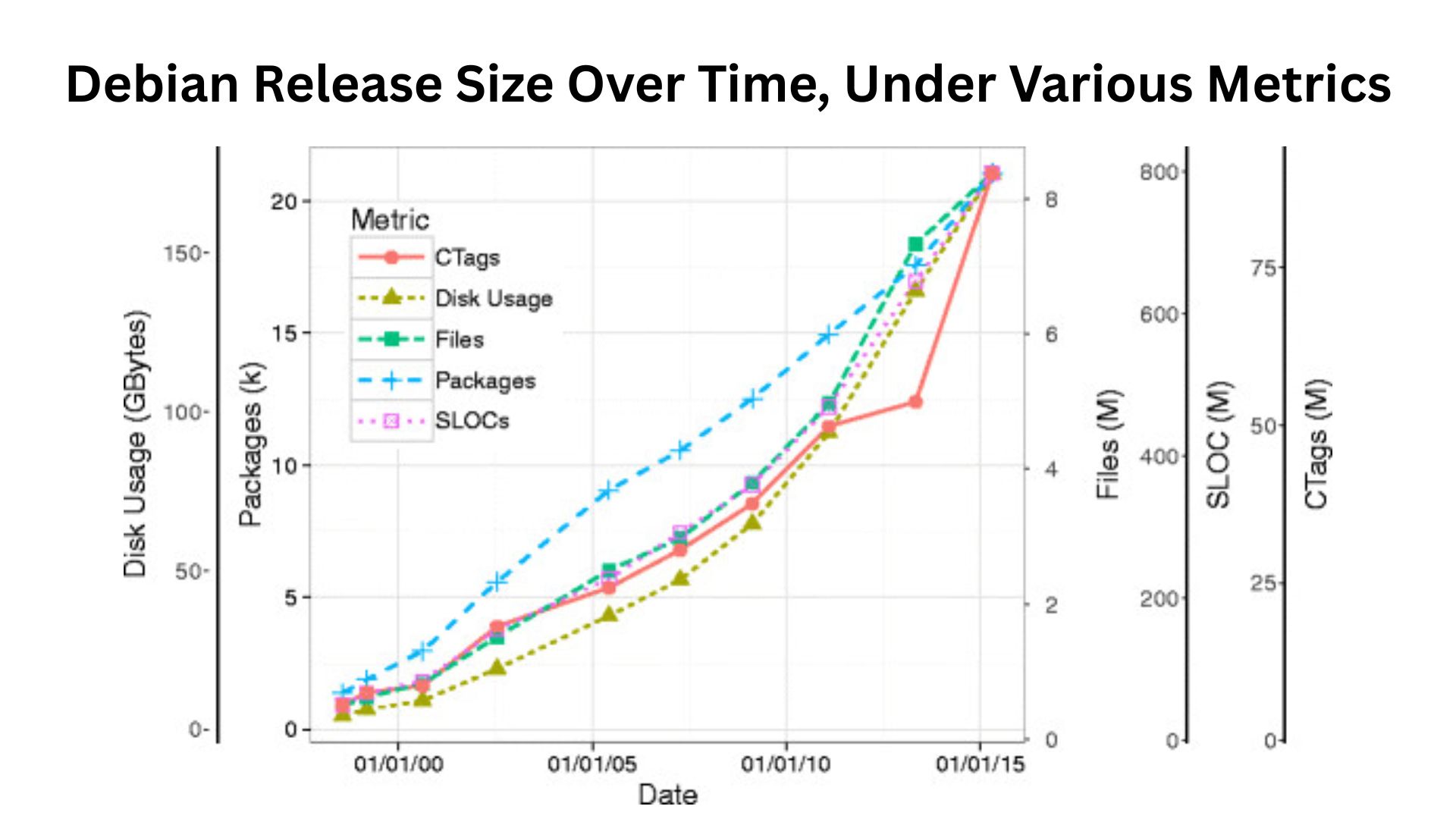
- Debian started in August 1993 when Ian Murdock penned the Debian Manifesto in January 1994, naming the project after himself and Debra. That’s the history bit, got to start somewhere.
- Early days, Debian 3.0 Woody (released around 2002) already had over 4,500 source packages and more than 105 million lines of code, which is huge for that era. Using COCOMO, the development cost was estimated at USD 6.1 billion.
| Metric | Value |
| Source packages | 4,500 |
| Lines of code (SLOC) | 105 million |
| Estimated dev cost (COCOMO) | $6.1 billion |
Current Source Code Size (Debian 10, 11, 12)
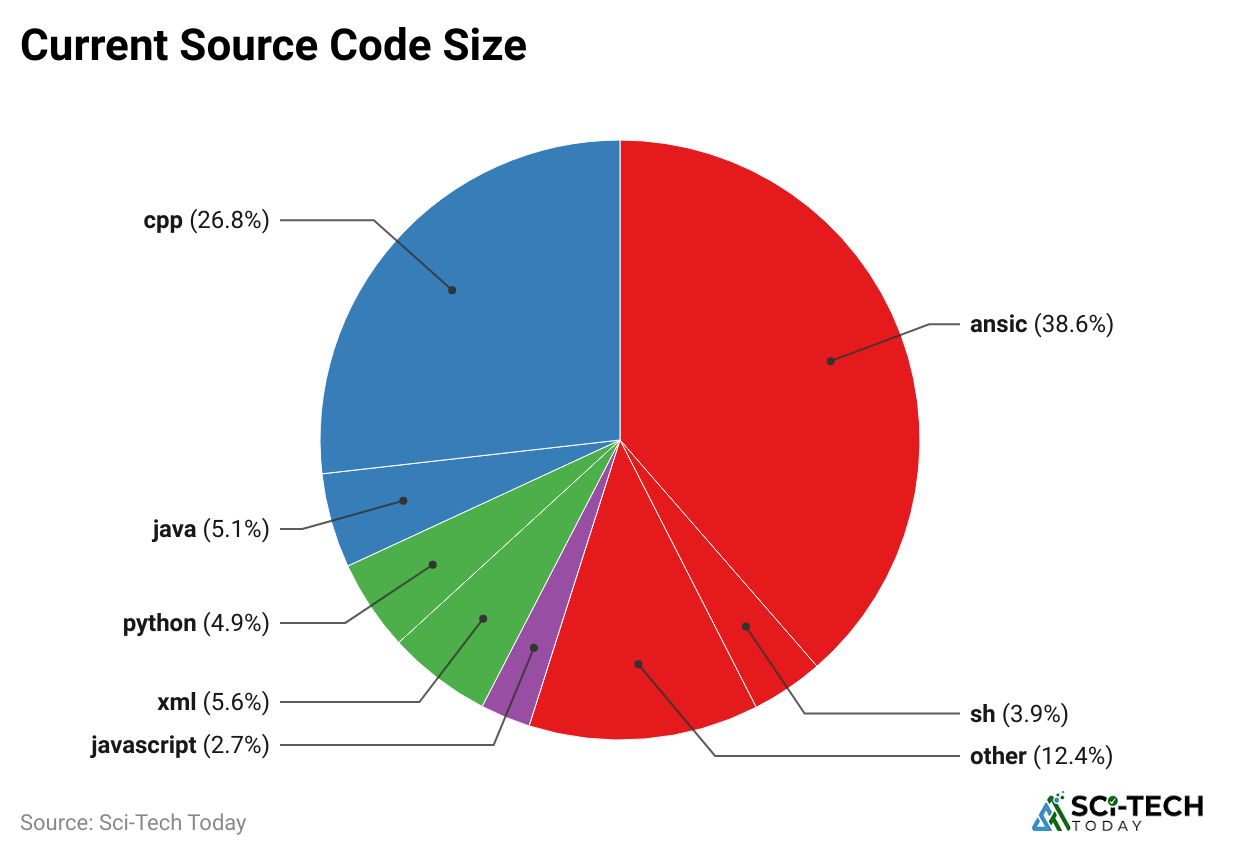
Let’s fast-forward:
Debian 10 Buster (released July 6, 2019)
- Source files: 13,950,114
- Source packages: 28,939
- Disk usage: 283,398,740 kB (283 GB)
- Lines of code: 1,174,990,816
Debian 11 Bullseye (Aug 14, 2021)
- Source files: 15,526,302
- Source packages: 31,355
- Disk usage: 336,852,660 kB (337 GB)
- Lines of code: 1,297,059,454
- Notable increases in Java, XML, and Python lines.
Debian 12 Bookworm (June 10, 2023)
- Source files: 16,899,304
- Source packages: 34,783
- Disk usage: 386,061,192 kB (386 GB)
- Lines of code: 1,461,646,342
- Python: 91 million; C++: 414 million; Java: 78 million; XML: 89 million, etc.
| Release (Codename) | Release Date | Source Files | Source Packages | Disk Usage (GB) | Lines of Code |
| 10 Buster | July 2019 | 13.95M | 28,939 | 283 GB | 1.175B |
| 11 Bullseye | Aug 2021 | 15.53M | 31,355 | 337 GB | 1.297B |
| 12 Bookworm | June 2023 | 16.90M | 34,783 | 386 GB | 1.462B |
Release Cycle and Support
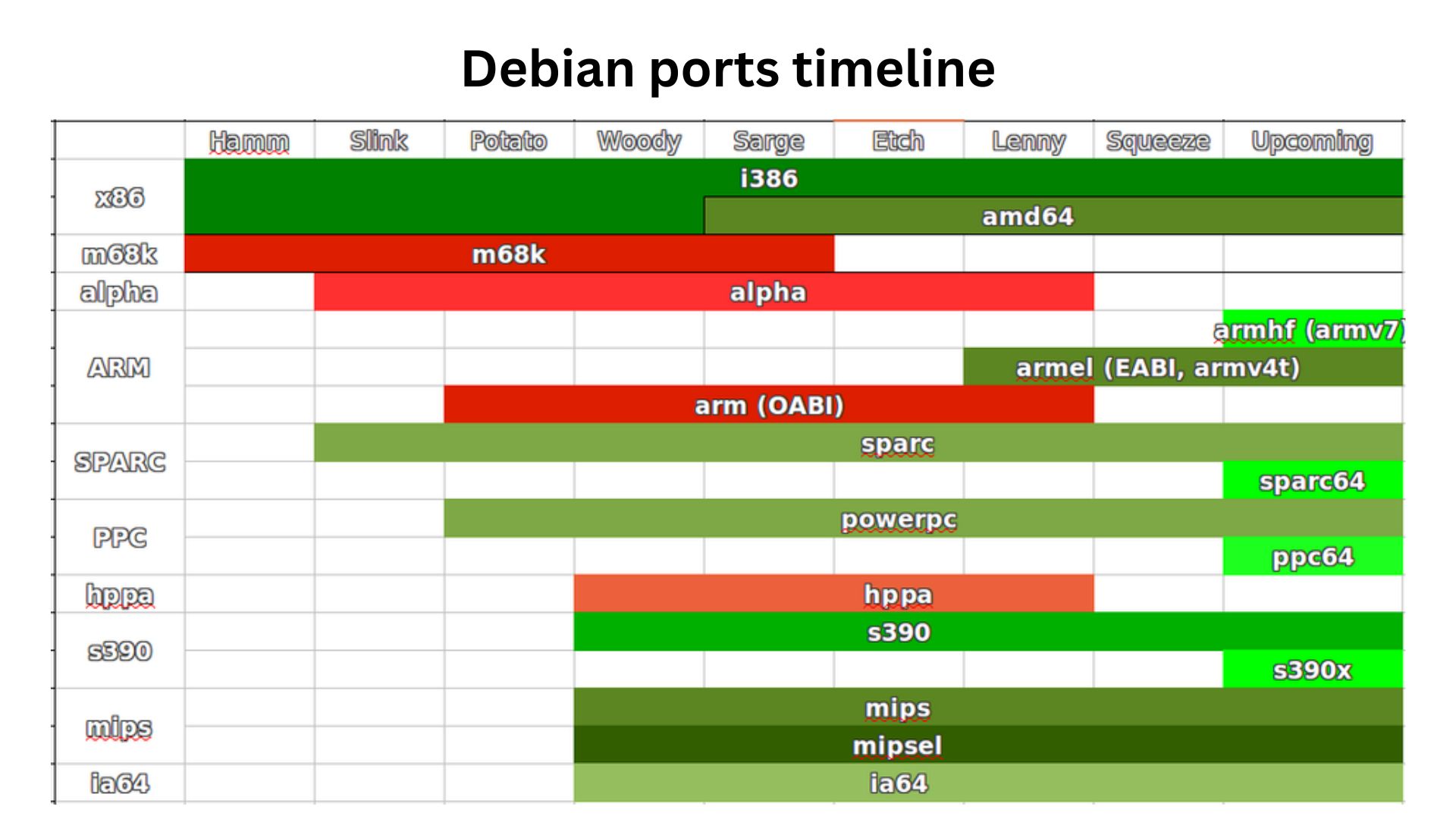
- Debian runs three branches: stable, testing, and unstable. Unstable is always said, testing right now is trixie, and the current stable is 12 Bookworm, with 11 Bullseye now old-stable.
- Lifecycle: Typically new stable every 2 years, supported 3 years, then 2 years of LTS (Long-Term Support), five years total per release.
- Latest updates: Bookworm initial June 10, 2023; latest point release 12.11 on May 17, 2025. Bullseye ended support Aug 14, 2024.
| Release | Initial Release | End of Life (Support) | LTS Until |
| 12 Bookworm | June 10 2023 | June 10 2026 | LTS until June 30, 2028 |
| 11 Bullseye | August 14 2021 | August 14 2024 | LTS until August 31, 2026 |
| 10 Buster* | July 2019 | Sept 10 2022 | Extended till June 30, 2024 (3rd party) |
Usage Statistics – Desktop, Server, and Web
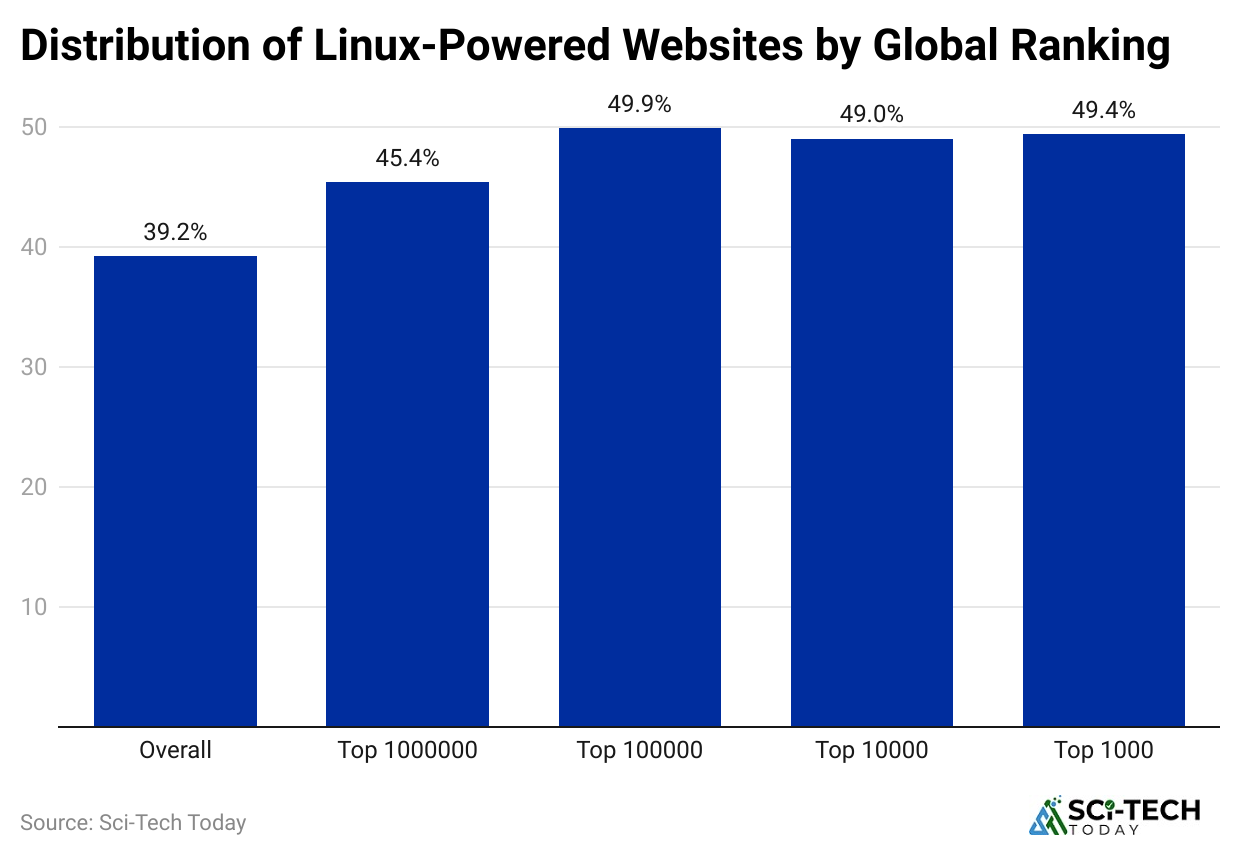
Getting numbers is tricky, no central analytics, but here’s what we know:
Desktop Linux Market Share (June 2025):
- StatCounter: Linux 4.04%, macOS 10.19%, Windows dominant (70%).
- Steam Survey: Linux 2.69%, macOS 1.85%, Windows 95%. Debian is included among the top distros.
Stack Overflow Developer Survey 2024:
Global Website Servers:
- Linux dominates servers (53% globally in 2024).
- Among Linux-powered websites (Oct 2024): Ubuntu 19.8%, Debian 10.7%.
Reddit Insight:
- One user summarized: of servers, 88% Unix; of those, 54.5% Linux; of those, Debian around 9%, so breakout unclear, but approx 9% of known Linux servers are Debian.
| Context | Value |
| Desktop Linux overall | 4% (StatCounter) |
| Debian among developers | 9 to 10% (Stack Overflow) |
| Servers globally (Linux) | Linux 53% overall |
| Debian in Linux websites | 10.7% (Oct 2024) |
| Estimated Debian among servers | 9% of Linux servers (reddit) |
Contributors and Infrastructure Statistics
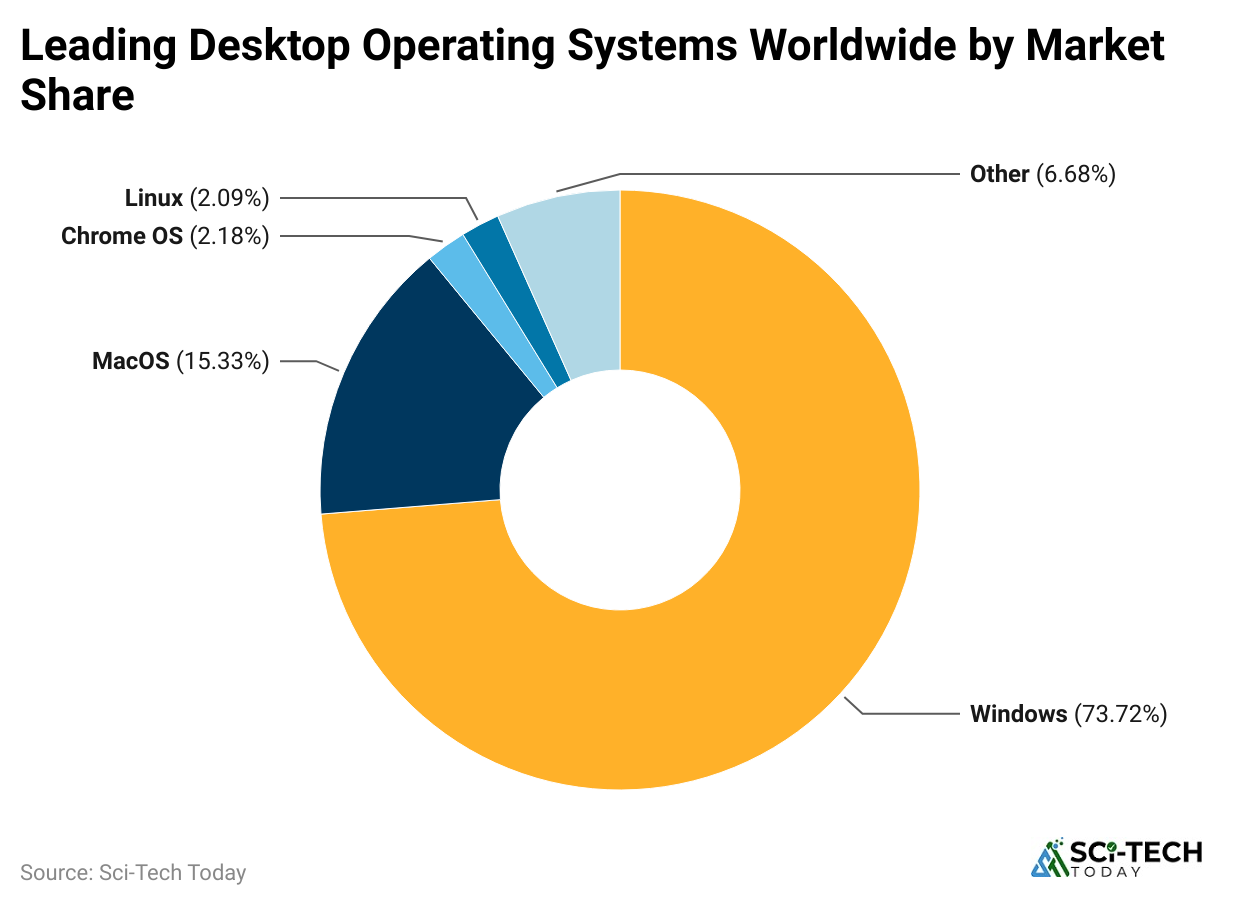
- As of April 5, 2025, there were 379 Debian mirrors worldwide distributing packages.
- Package workflow: A maintainer (person or team) uploads to incoming, passes integrity checks, goes to pool, synced to mirrors. That pipeline ensures integrity and distribution.
Conclusion
Looking at all these numbers, it’s clear that Debian is not just another Linux distribution; it’s one of the largest and most influential projects in open source history. From its humble start in 1993 with only a few thousand packages to Debian 12 today, carrying more than 34,000 packages and over 1.46 billion lines of code, the growth is massive.
The Debian statistics also show how widely it is trusted, whether it’s running on servers that power the internet, desktops used by developers, or even acting as the base for other popular distros. Its release cycle, long-term support, and hundreds of global mirrors prove that Debian is here for the long run. I hope you like this content. If you have any questions or doubts, kindly let me know in the comments section.
FAQ.
Simply put, Debian is one of the oldest, most stable, and community-driven Linux distributions. It’s the foundation for many other distros like Ubuntu and Kali, and it stands out for its huge package repository and rock-solid reliability.
Debian boasts a massive repository, more than 50,000 packages covering software for servers, desktops, and everything in between.
Pretty much anything. Debian supports many architectures, x86, ARM, MIPS, PowerPC, RISC-V, and more, which makes it extremely versatile across devices.
You use APT (Advanced Package Tool). It’s easy: run simple commands like sudo apt update and sudo apt install package-name. There are also GUI options if you prefer.
Debian has extensive documentation, active mailing lists, IRC channels, forums, and community wikis.

Barry is a technology enthusiast with a passion for in-depth research on various technological topics. He meticulously gathers comprehensive statistics and facts to assist users. Barry's primary interest lies in understanding the intricacies of software and creating content that highlights its value. When not evaluating applications or programs, Barry enjoys experimenting with new healthy recipes, practicing yoga, meditating, or taking nature walks with his child.



